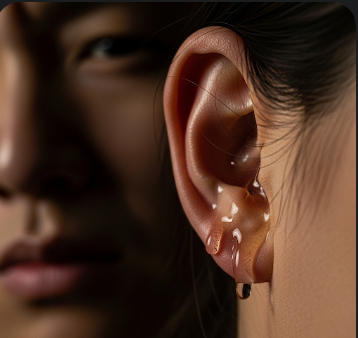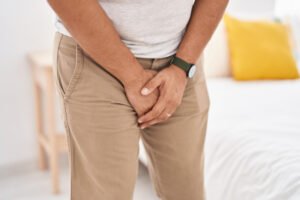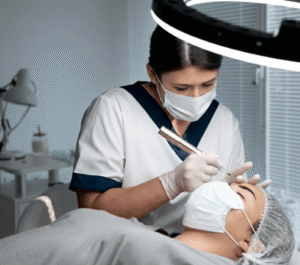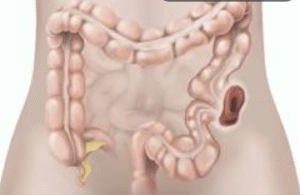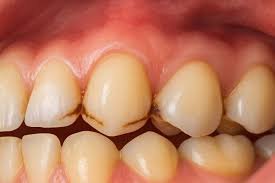Overview
Fluid from the ear, medically known as otorrhea, is the drainage of liquid, pus, or blood from the ear canal. It can be a sign of infection, injury, or other underlying ear conditions. Symptoms can range from mild watery discharge to thick, foul-smelling fluid accompanied by pain or hearing loss. In Korea, hospitals and ENT clinics provide advanced diagnostic tools, medical treatment, and surgical interventions for managing fluid from the ear effectively.
Key Facts
▶ Prevalence: Common in children due to ear infections; adults can also be affected due to trauma or chronic ear disease.
▶ Causes: Middle ear infections, outer ear infections, eardrum perforation, cholesteatoma, or post-surgical drainage.
▶ Associated Symptoms: Ear pain, hearing loss, fever, itching, dizziness, or foul odor.
▶ Treatment Options in Korea: Antibiotics, ear drops, minor procedures, tympanoplasty, and specialized ENT care.
▶ Urgency: Persistent, bloody, or foul-smelling fluid warrants immediate medical evaluation.
What is Fluid from the Ear?
Fluid from the ear refers to any abnormal discharge from the ear canal, which may indicate infection, inflammation, or structural damage. The color, consistency, and odor help identify the cause.
▶ Serous or Clear Fluid: Often linked to middle ear effusion or recent trauma.
▶ Pus-Like Discharge: Suggests bacterial infection of the outer or middle ear.
▶ Bloody or Bloody-Tinged Fluid: May result from trauma, surgery, or severe infection.
▶ Foul-Smelling Discharge: Indicates chronic infection or cholesteatoma.
▶ Unilateral vs. Bilateral: One ear affected is usually localized; both ears may suggest systemic or recurrent infections.
Note: Timely assessment is crucial to prevent hearing loss or further complications.
What Symptoms Are Related to Fluid from the Ear?
▶ Ear Pain (Otalgia): Often accompanies infection or inflammation.
▶ Hearing Loss: Fluid accumulation can block sound transmission.
▶ Fever: May indicate systemic infection.
▶ Itching or Irritation: Common with outer ear infections.
▶ Tinnitus: Ringing or buzzing in the affected ear.
▶ Dizziness or Vertigo: Fluid affecting inner ear balance mechanisms.
▶ Foul Odor: Suggests chronic infection or cholesteatoma.
▶ Swelling or Redness: External ear inflammation may accompany discharge.
What Causes / Possible Causes
Fluid from the ear can result from infection, trauma, or structural abnormalities:
▶ Otitis Media (Middle Ear Infection): Common in children; fluid may drain if the eardrum perforates.
▶ Otitis Externa (Outer Ear Infection / Swimmer’s Ear): Causes pus or watery discharge with pain.
▶ Eardrum Perforation: Trauma, infection, or pressure changes leading to leakage of fluid.
▶ Cholesteatoma: Abnormal skin growth in the middle ear causing chronic discharge and odor.
▶ Ear Surgery: Post-operative drainage from procedures like tympanoplasty or mastoidectomy.
▶ Foreign Objects: Objects lodged in the ear canal can trigger infection and discharge.
▶ Allergic Reactions or Skin Conditions: Eczema or dermatitis affecting the ear canal.
▶ Systemic Infections: Upper respiratory infections or sinusitis may cause secondary ear fluid accumulation.
Note: Identifying the underlying cause is critical to prevent permanent hearing damage.
When Should I See a Doctor?
▶ Persistent Discharge: Fluid lasting more than a few days despite home care.
▶ Painful or Severe Symptoms: Intense ear pain, swelling, or redness.
▶ Hearing Loss: Sudden or progressive difficulty hearing.
▶ Foul-Smelling or Bloody Discharge: May indicate serious infection or injury.
▶ Fever or Malaise: Suggests systemic infection.
▶ Recurrent Episodes: Frequent fluid drainage requires investigation.
▶ Children or Infants: Prompt evaluation for risk of developmental hearing issues.
Tip: Korean ENT clinics provide rapid evaluation, imaging, and laboratory testing for accurate diagnosis and treatment planning.
Care and Treatment
Management of ear fluid depends on cause, severity, and patient age:
▶ Medical Therapy: Antibiotics (oral or ear drops) for bacterial infections.
▶ Ear Cleaning: Performed by medical professionals to remove debris or discharge.
▶ Pain Management: Analgesics and anti-inflammatory medications.
▶ Eardrum Repair (Tympanoplasty): Surgical intervention for chronic perforations.
▶ Drainage Tubes (Myringotomy): Placement of small tubes for recurrent middle ear effusions.
▶ Treatment of Underlying Conditions: Allergies, skin issues, or systemic infections.
▶ Monitoring: Regular follow-up to ensure resolution and prevent recurrence.
▶ Lifestyle Adjustments: Avoid swimming or inserting objects into the ear during treatment.
Treatment Options in Korea
Medical Evaluation:
▶ ENT Examination: Otoscopic inspection, hearing tests, and assessment of eardrum integrity.
▶ Imaging Studies: CT or MRI in complex or chronic cases to evaluate middle and inner ear structures.
▶ Laboratory Tests: Culture of discharge for bacterial identification if infection persists.
▶ Specialist Consultation: Pediatric or adult ENT specialists for targeted therapy.
Advanced Therapies:
▶ Surgical Interventions: Tympanoplasty, mastoidectomy, or myringotomy for chronic or severe cases.
▶ Chronic Infection Management: Long-term antibiotics or topical therapy for resistant cases.
▶ Multidisciplinary Care: ENT, audiology, and infectious disease specialists coordinate care for complex cases.
Rehabilitation & Support:
▶ Patient Education: Ear hygiene, avoiding water entry, and recognizing warning signs.
▶ Follow-Up Care: Ensures healing, restores hearing, and prevents chronic recurrence.
▶ Specialist Clinics: Korean hospitals provide integrated care combining diagnosis, medical therapy, and surgical interventions for optimal outcomes.
Outcome: With early recognition and comprehensive treatment in Korea, fluid from the ear can be effectively managed, relieving discomfort, preventing infection, and preserving hearing.

